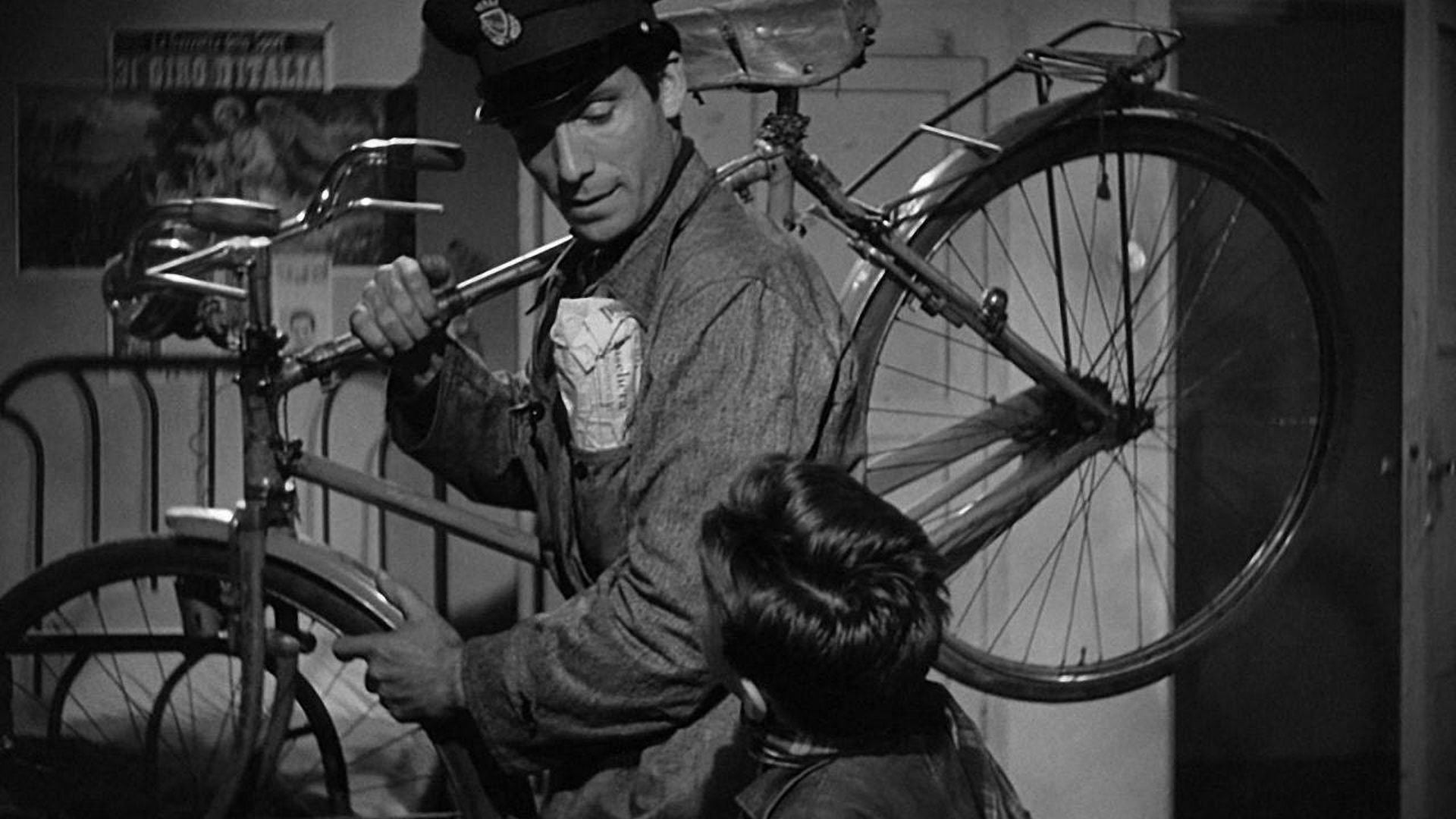The neorealist film movement in Italy emerged in the aftermath of World War II and strived to portray the real world struggles that resulted during and after the war. The costs of life under dictator Benito Mussolini’s rule, the war, and German occupation left Italian filmmakers with few resources, according to Movements in Film, an online magazine cataloging the moments that shaped cinematic history.
Despite this, the neorealist movement in the country thrived as filmmakers took to the streets with minimal equipment in the hopes of artistically capturing the sociopolitical issues affecting Italian society in the immediate postwar era.
Take a look at the nine best Italian neorealist movies, all released between 1945 and 1957.
Rome, Open City (1945)
Luigi Ferrari, a resistance leader in Nazi-occupied Italy, is hunted by a German intelligence officer hellbent on extracting the names of the others in the underground movement. Ferrari is helped by a sympathetic priest, but is eventually accidentally betrayed by a former lover.
Shoeshine (1946)
Paquale and Giuseppe,, two shoeshine boys in postwar Rome, struggle to save up money to buy a horse. When one of the boys’ older brothers rope them into a scheme to con a local fortune teller, the young boys are able to secure their needed funds and buy themselves a horse – just before they’re caught and placed in a juvenile detention center.
La Terra Trema (1948)
Antonio, a fisherman, returns home to his fishing village in Sicily in the hopes of breaking free from the grasp of the low-paying wholesalers. He decides to pour everything into purchasing a fishing boat and running his own business, but a sea storm damages his new boat, causing rifts in his family.
Bicycle Thieves (1948)
Set in post-war Rome, unemployed Antonio Ricci is finally able to secure a job. His wife sells the family’s bed linens so that Antonio can purchase a bicycle. One day, Antonio’s bicycle is stolen, and he must comb the city to find the thief or be unemployed once again.
Bitter Rice (1949)
Francesca and Walter, a couple who dabble in petty crime and robbery, are separated from each other while on the run from the law. Francesca finds herself working alongside peasant women in the rice fields of the Po Valley, discovering that she enjoys a simple life filled with female companionship. But when her criminal half Walter resurfaces, her new life is called into question.
Umberto D. (1952)
Elderly pensioner Umberto Domenico Ferrari struggles to pay his rent in poverty-stricken, post-war Rome, and faces being thrown out onto the streets, alongside his small dog. Unable to secure the money in time, he fakes an illness to be sent to the hospital, entrusting his dog’s care to his landlady’s pregnant maid.
Rome 11:00 (1952)
Five young women find themselves answering an ad for a secretarial position, alongside 200 others. The building they find themselves in becomes dangerously overcrowded, leading to a tragic accident of brick and mortar.
La Strada (1954)
Gelsomina is purchased from her impoverished mother to be the wife of a brute of a circus strongman named Zampanò. Together, they travel the Italian countryside performing together, all the while Gelsomina endures her husband’s abuse. The young woman soon finds love in Il Matto, the circus’ fool, and must deal with her husband’s jealousy.
Nights of Cabiria (1957)
A naive, but tough, Roman prostitute is robbed and left to drown by her pimp boyfriend. After surviving the ordeal, she walks the streets of Rome searching for love. She’s eventually swept off her feet by a seemingly sympathetic accountant, until one final disillusionment.
Asia London Palomba
Asia London Palomba is a trilingual freelance journalist from Rome, Italy. In the past, her work on culture, travel, and history has been published in The Boston Globe, Atlas Obscura, The Christian Science Monitor, and Grub Street, New York Magazine's food section. In her free time, Asia enjoys traveling home to Italy to spend time with family and friends, drinking Hugo Spritzes, and making her nonna's homemade cavatelli.


